This article was medically reviewed by Sarah Gehrke, RN, MS and by wikiHow staff writer, Megaera Lorenz, PhD. Sarah Gehrke is a Registered Nurse and Licensed Massage Therapist in Texas. Sarah has over 10 years of experience teaching and practicing phlebotomy and intravenous (IV) therapy using physical, psychological, and emotional support. She received her Massage Therapist License from the Amarillo Massage Therapy Institute in 2008 and a M.S. in Nursing from the University of Phoenix in 2013.
There are 14 references cited in this article, which can be found at the bottom of the page.
This article has been viewed 281,111 times.
Gynecomastia is a condition in which men develop enlarged glandular tissue in their breasts as a result of a hormone imbalance.[1] While gynecomastia is harmless and usually goes away on its own, it can be uncomfortable, scary, or embarrassing. In some cases, it may be a symptom of a more serious condition. Learn to recognize the symptoms of gynecomastia. If you think you might have gynecomastia, see your doctor for a formal diagnosis. Take some time to understand the risk factors for developing gynecomastia.
Steps
Recognizing the Symptoms of Gynecomastia
-
1Feel for soft lumps in your breasts. In true gynecomastia, glandular breast tissue develops in one or both breasts. This tissue may be located directly behind the nipple. Gently feel your breast with your fingertips. If you have gynecomastia, you should feel a soft, rubbery lump in one or both breasts.[2]
- If you feel a lump in your breast, go to the doctor immediately. A hard lump may be a tumor.
- Gynecomastia may occur in just one breast or both breasts at once.
- The size of the lump can vary, and may not be the same in both breasts. Breast buds in puberty-aged boys are typically the size of a nickel or quarter.[3]
-
2Make note of tenderness. Gynecomastia may cause soreness, especially when you touch or press on your breast. If your breasts are causing you a lot of pain or discomfort, make an appointment to see your doctor right away.[4]Advertisement
-
3Check for soft fatty tissue to find out if you have pseudogynecomastia. True gynecomastia is different from breast enlargement caused by a buildup of fat in the chest. If your breasts are enlarged and soft to the touch, but you do not feel tenderness or a lump in your breast or behind your nipple, you may have pseudogynecomastia.[5] This condition usually goes away with weight loss.[6]
- It is possible that being overweight can also contribute to the development of true gynecomastia, since fatty tissue tends to boost the body’s production of estrogen.[7]
Getting a Diagnosis from Your Doctor
-
1Make an appointment for an exam. If you think you might have gynecomastia, see your doctor. While gynecomastia itself is not dangerous, you should have it checked out to make sure it is not a symptom of something more serious. See your doctor immediately if you have any other troublesome symptoms, such as:[8]
- Pain and swelling in your breasts. These are common symptoms of gynecomastia, but could also be caused by a cyst or infection.[9]
- Discharge from one or both nipples, which could be a sign of a condition such as ]]Recognize Male Breast Cancer|breast cancer]], an infection of the breast tissue, or an endocrine disorder.[10]
- A hard lump in your breast, which may be a sign of breast cancer.
-
2Discuss your health history with your doctor. It will be easier for your doctor to diagnose your condition if they have thorough information about your overall health and medical history. Your doctor may ask about:[11]
- Any other symptoms you may be having.
- Any history of related health problems in your family.
- Any other medical problems you have had in the past.
- What medications, drugs, dietary supplements, or body care products you might be using.
-
3Get tests done to diagnose gynecomastia and rule out other issues. Your doctor will do a physical exam to determine if gynecomastia is likely. If they detect symptoms of gynecomastia, they may order further tests to determine the cause of the condition and rule out more serious problems. These tests may include:[12]
- A mammogram.
- Blood tests.
- CT scans, an MRI, or a chest X-ray.
- A testicular ultrasound.
- A biopsy of your breast tissue, if cancer is suspected.
-
4Ask your doctor about treatment options. In many cases, gynecomastia will go away on its own with time. However, if your gynecomastia does not clear up on its own, or if it is causing you a lot of pain or distress, your doctor may recommend one of the following treatments:[13]
- Hormone therapy to block the production of estrogen or boost the production of testosterone in your body.
- Liposuction, to remove excess fat from the breast.
- Mastectomy, a type of surgery in which the glandular tissue of the breast is removed.
- Your doctor may also treat your gynecomastia by treating the underlying condition that is causing it. For example, if your gynecomastia is a result of a tumor in the testes, the tumor may need to be surgically removed in order to manage the gynecomastia and other symptoms.[14]
- Your doctor might also recommend adjusting or stopping any medications you are taking that might cause gynecomastia.
Assessing Your Risk of Gynecomastia
-
1Look at your health history. Some men are at a higher risk of developing gynecomastia than others. Consider your age, medical history, and overall health. You are more likely to develop gynecomastia if you:[15]
- Are going through puberty or are between 50 and 69 years of age. Newborns can also develop gynecomastia. Infant gynecomastia usually resolves on its own before the child is a year old.[16]
- Have a condition that affects your body’s ability to produce testosterone, such as pituitary insufficiency or Klinefelter’s syndrome.
- Have a liver condition, such as cirrhosis or liver failure.
- Have a hyperactive thyroid gland.
- Have certain types of tumors, especially in the pituitary gland, adrenal gland, or testes.
-
2Note any medications you are taking. Certain types of prescription drugs can cause gynecomastia. You may be at risk if you are using:[17]
- Medications to treat an enlarged prostate or prostate cancer.
- Anabolic steroids.
- Some types of AIDS medications.
- Tricyclic antidepressants.
- Certain types of anti-anxiety medications, such as diazepam.
- Some types of antibiotics.
- Certain heart medications, such as digoxin.
- Gastric motility medications, like metoclopramide.
-
3Check for plant oils in your body care products. Some plant oils, such as lavender and tea tree oil, contain natural chemicals that mimic the estrogen hormone. These oils may cause gynecomastia to develop in some men. Check the ingredient labels on your soaps, shampoos, body lotions, aftershave, and other common products for plant oils.[18] Gynecomastia caused by plant oils should go away shortly after you stop using products containing these oils.[19]
-
4Examine any drug use habits. Recreational drugs such as alcohol, marijuana, amphetamines, heroin, or methadone may cause gynecomastia in some men. If you use any of these drugs and are concerned about developing gynecomastia or other health problems, work with your doctor to determine the healthiest way to cut back or stop using the drug(s) altogether.[20]
References
- ↑ https://www.ncbi.nlm.nih.gov/pmc/articles/PMC3987263/
- ↑ http://youngmenshealthsite.org/guides/gynecomastia/
- ↑ https://www.news-medical.net/health/Symptoms-of-Gynecomastia.aspx
- ↑ https://www.mayoclinic.org/diseases-conditions/gynecomastia/symptoms-causes/syc-20351793
- ↑ https://www.ncbi.nlm.nih.gov/pmc/articles/PMC3146708/
- ↑ http://www.aafp.org/afp/2012/0401/p716.html
- ↑ https://www.cbsnews.com/news/man-boob-truths-nine-big-causes-of-gynecomastia/
- ↑ https://www.mayoclinic.org/diseases-conditions/gynecomastia/symptoms-causes/syc-20351793
- ↑ https://www.mayoclinic.org/diseases-conditions/breast-cysts/basics/symptoms/con-20032264
- ↑ https://www.mayoclinic.org/symptoms/nipple-discharge/basics/causes/sym-20050946
- ↑ https://www.medicalnewstoday.com/articles/266129.php
- ↑ https://www.mayoclinic.org/diseases-conditions/gynecomastia/diagnosis-treatment/drc-20351799
- ↑ https://www.medicalnewstoday.com/articles/266129.php
- ↑ https://emedicine.medscape.com/article/437020-overview
- ↑ https://www.mayoclinic.org/diseases-conditions/gynecomastia/symptoms-causes/syc-20351793
- ↑ https://www.ncbi.nlm.nih.gov/pmc/articles/PMC3706045/
- ↑ https://www.mayoclinic.org/diseases-conditions/gynecomastia/symptoms-causes/syc-20351793
- ↑ https://www.mayoclinic.org/diseases-conditions/gynecomastia/symptoms-causes/syc-20351793
- ↑ https://www.ncbi.nlm.nih.gov/pubmed?term=17267908
- ↑ https://www.mayoclinic.org/diseases-conditions/gynecomastia/symptoms-causes/syc-20351793
About This Article
If you're noticing soft lumps and tenderness in your chest, you may have gynecomastia, which is a condition that men develop as a result of a hormonal imbalance. You should also pay attention to any pain when you touch or press on your breasts, which may be a sign of gynecomastia. If you feel soft fatty tissue but no lumps, you may have pseudogynecomastia, which usually goes away if you lose weight. After you notice any of these symptoms, make an appointment with your doctor for an exam so you can get a diagnosis. Following the exam, your doctor may ask you questions about your medical history to help them reach a diagnosis. For tips on how to treat gynecomastia, read on!
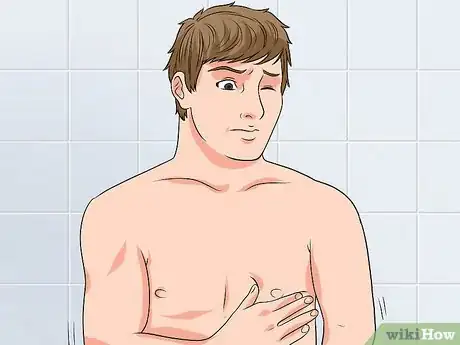



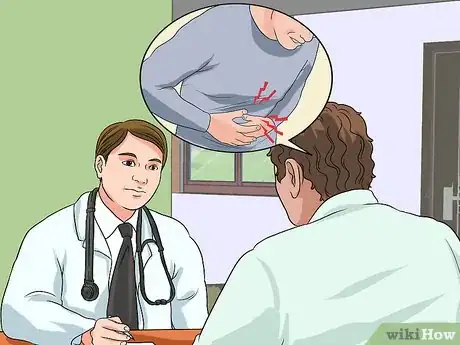
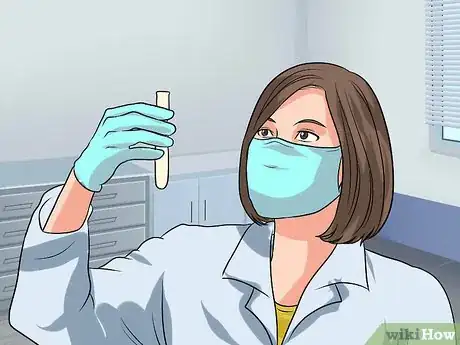
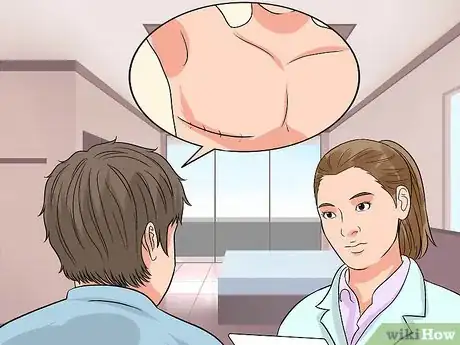
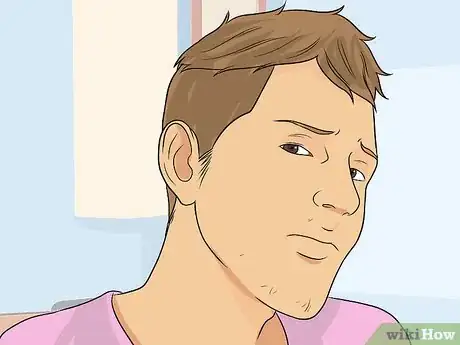


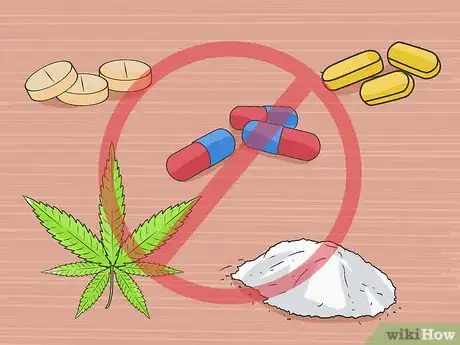




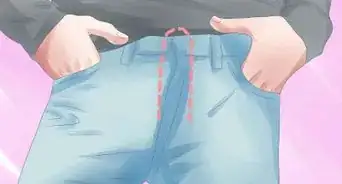




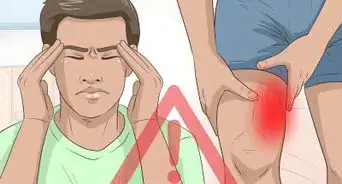


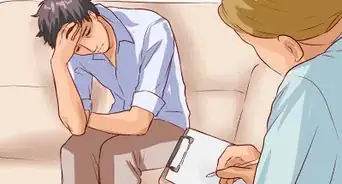




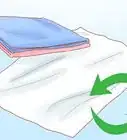
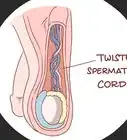




































Medical Disclaimer
The content of this article is not intended to be a substitute for professional medical advice, examination, diagnosis, or treatment. You should always contact your doctor or other qualified healthcare professional before starting, changing, or stopping any kind of health treatment.
Read More...